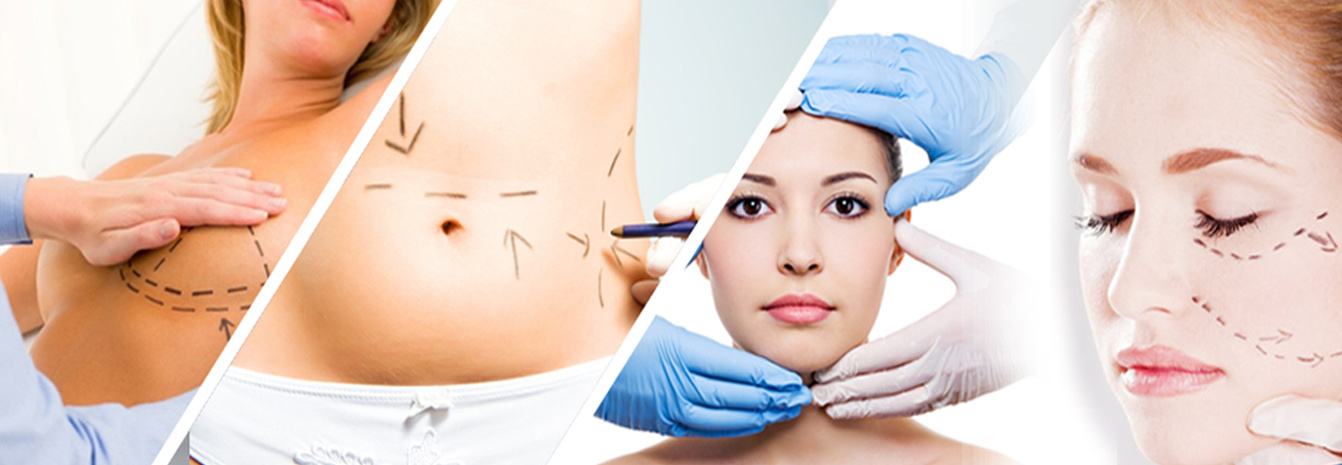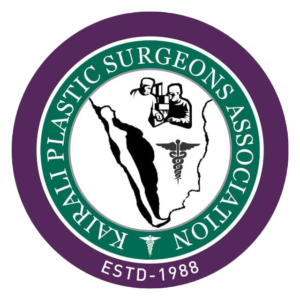
- Abdominal Wall Reconstruction
- Acute Trauma Management
- Breast Reconstruction
- Brachial Plexus and Peripheral Nerve Surgeries
- Burns And Reconstructive Surgeries
- Chest Wall Reconstruction
- Cleft And Craniofacial Surgeries
- Congenital Deformities
- Diabetic Foot & Its Management
- Gender Confirmation Surgeries
- Hand Surgeries
- Head & Neck Reconstruction
- Micro Vascular surgery
- Negative Pressure Wound Therapy
- Pressure Sore And Reconstructive Procedures
- Regenerative Medicine
- Tissue Expansion
INTRODUCTION:
Reconstructive microvascular surgery utilizes highly specialized operating microscope and precision instruments to connect blood vessels and nerves. This development has ushered in a new era in reconstructive surgery. Microvascular surgeons are, hence, able to replant amputated parts like fingers, hands, etc. The application of this branch of plastic surgery has help prevent major upper and lower limb amputations, replanting amputated fingers/ hands and opened a whole new facet of reconstruction post disfiguring cancer surgeries.
PROCEDURES
REPLANTATION:
Replantation is the reattachment of a finger, hand or arm usually after traumatic amputation for the successful restoration of function. It requires neurovascular as well as musculoskeletal reattachment and thus assuring re-establishment of blood flow is not enough for a successful replantation. The microsurgeon is tasked with not only ensuring the viability of the amputated part, but also aims to restore sensation and functionality. Any replantation that will not perform useful function may not be attempted.
The decision to proceed with replantation may be done only after careful examination of the amputated stump and amputated part, assessing the degree of crush and extent of injury, radiological evaluation of bony injuries, potential for success, occupation and other co-morbidities.
While most replants are done for amputated fingers, hand, the scope extends to replantation of amputated forearms, feet, ears, avulsed face, avulsed scalp, amputated penis, etc. usually a result of trauma, machine injuries, assault or self mutilation.
Indications for replantation-
- Any amputation in children
- Multiple finger and hand amputation
- Amputation of the thumb
- Single finger injuries
- Ring avulsion injuries
Replantation Involves:
- Bone fixation: usually done first after exploration of the wound and the amputated part is deemed replantable. Fixation is done using K-wires commonly for fingers and plate fixation for more proximal parts. External fixation may be done in cases with extensive bone destruction with loss.
- Tendon repair: flexor tendons repaired. The timing of extensor tendon repair is variable and may be done immediately after flexor tendon repair or after nerve repair.
- Nerve repair: may be done next if arterial repair may not be hampered, as repairing the nerve once tourniquet is deflated post artery repair is difficult. Nerve ends copated using 9/0 or 8/0 nylon sutures under microscope magnification. Need for nerve grafts may be assessed in case if tight repairs.
- Artery repair: artery repair done using vascular clamps under microscope magnification. Anticoagulatants are started by this time.
- Venous repair: usually atleast two veins are repaired and post anastomosis clamps removed and vascularity to the amputated segment assessed intra-op.
- Skin closure and splinting.
REVASCULARISATION:
Revascularization is the establishment of blood flow to tissues that have suffered ischemia.
- Revascularization following trauma- essentially is similar to replantation with an avascular limb or digit which is grossly intact or attached with at least a small tissue bridge. The procedure follows the steps of replantation.
- Revascularization of lower limb following CRITICAL LIMB ISCHEMIA- Critical limb ischemia accounts for about 20% mortality within 6 months of diagnosis and upto 50% post 5 years. This reflects the severe systemic effects associated with it. Diagnosis includes absent peripheral pulsations on palpation, Doppler scan, CT-A or MRA
Interventions include Angioplasty or surgical Bypass.
ANGIOPLASTY: usually performed by vascular surgeons or interventional cardiologists. Includes Balloon angioplasty, Balloon angioplasty with stents, stent grafts, Cryoplasty Therapy, Laser atherectomy
Mechanical atherectomySURGICAL BYPASS:
Usually the preferred treatment for infra-popliteal disease. Saphenous vein graft used as autologus graft which is the most preferred method. Synthetic grafts are also available which are far inferior to saphenous vein. It may be used as reversed or non-reversed or as in situ conduit.
Proximal and distal healthy vessels assessed pre-operatively using Doppler scaning or CT- Angiogram, identified and separated and end to side anastomosis to bypass the long segment obstruction done using microsurgical skills.
FREE TISSUE TRANSFER:
Advanced tissue loss and loss at weight bearing areas have become a relative risk for reconstruction. Free tissue transfer using microsurgical skills have revolutionized reconstruction of post major soft tissue loss following trauma, cancer surgeries, post burns post infective. Free tissue transfer in conjunction with revascularization has helped prevent major amputations. It involves designing and raising a soft tissue flap with its defined blood vessels and transferring them to the intended site and reattaching the blood vessels of the flap to a major recipient vessel in close proximity to the native site using microsurgical skills.
Aesthetic Reconstruction: most commonly post mastectomy reconstructions for Ca Breast and may be done at the time of mastectomy of late.
Free functioning muscle transfer for facial reanimation in patients with Bell’s palsy.
Reconstruction of defect following removal of tumor- usually composite flaps including vascularized fibula and soft tissue required for reconstruction of maxilla and mandible in face, other free flaps used in reconstruction of tongue, oral cavity, for esophageal continuity
Reconstruction of post traumatic defects- to cover exposed tendons, bone joints following trauma.
Reconstruction of defects following extensive infection, necrotizing fasciitis and chronic osteomyelitis.
MICROSURGICAL REPAIR OF NERVE:
Includes peripheral nerve repairs and brachial plexus surgery.
